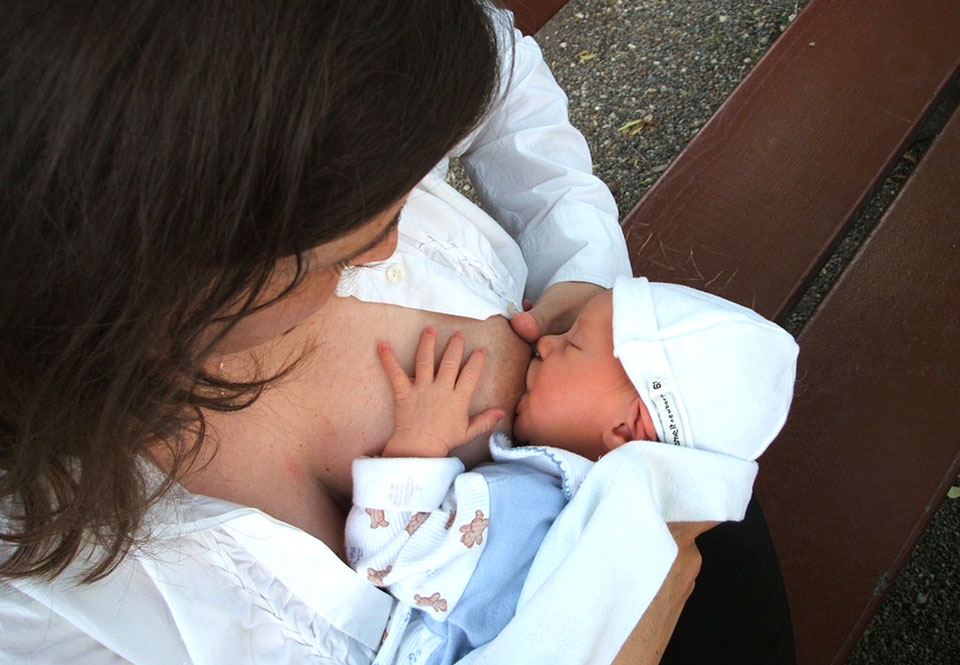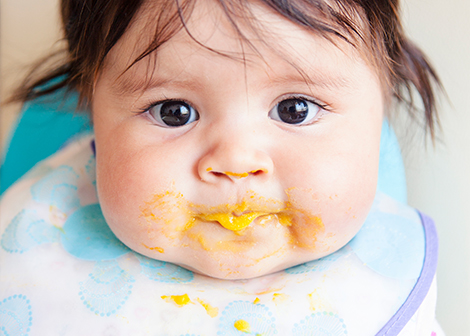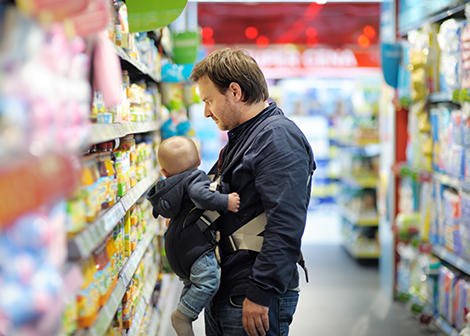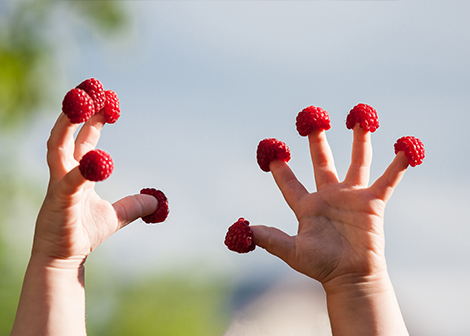There are many things you can do to support breastfeeding as your baby grows and develops.
3 to 6 months
From three to four months of age, babies become more aware of their environment as they experience rapid changes in their development. Normal growth spurts at this age may cause babies to wake more often, which can be frustrating for parents.
Babies at this age need a regular place to settle as they are now more aware of their environment. They should preferably settle in a darkened, quiet room.
They are also far more social and often don’t feed as well, as they are too interested in what is going on around them. Try to ensure they have full feeds during the day and avoid snack feeding. You may need to go somewhere quiet with less distractions to feed. This stage won’t last long and this may help cut down times they wake up and need feeding during the night
They may be waking to feed or they may be seeking reassurance and comfort. If you think the period of time between feeds has been too short, try to resettle your baby with some gentle patting. A hungry baby will be persistent!
6 to 12 months
Up until around 12 months of age, milk is still a baby’s main food source, although many of them will have started solids and to drink water out of a cup.
Solid foods can be introduced to your baby from 20 to 36 weeks. At this age their digestive system is better equipped for solids and your baby will begin to show signs of being ready for solid food.
You may experience your baby refusing your breast at this time as babies are easily distracted by noise and activity. Sometimes distraction can be confused for a lack of interest in the breast so give some thought to where you are when trying to breastfeed.
Most babies benefit from feeding in a quiet place and routines such as regular morning and nightly feeds.
As babies begin to eat more solids, they will adjust the amount of breastmilk they need.
From 6 to 8 months of age, offer your baby breastmilk before solids so they can continue to receive adequate milk until their intake of solid foods is well established.
By 9 to 12 months, your baby is likely to be having three meals a day. This is when you can allow your baby’s behaviour to guide whether you offer a breastfeed before or after their solid food.
Once solid foods are introduced, your baby may start to reduce the number of breastfeeds they require.
For example at 9 months, this could be a first feed in the morning, around lunch time, late afternoon and just before bedtime.
Milk quality or quantity
You may hear women say that their milk ‘dried up’ or that it started looking ‘thin and watery’ or ‘wasn’t rich enough’. Mature human milk is naturally bluish and looks thin when compared to other milks. Breastmilk works on supply and demand – the more your baby feeds, the more breastmilk you’ll produce.
Weaning
The best way to wean is gradually, over time. As you or your baby reduces the number of breastfeeds, your milk supply will slowly decrease. Weaning slowly gives you and your baby time to adjust, and also reduces the risk of blocked ducts and mastitis.
Start dropping the breastfeed that your baby seems least interested in. Then cut out one breastfeed every few days, or one each week.
Depending on the age of your baby, replace the missed feeds with formula, cows milk, or water.
If your breasts become engorged, hand express or use a hand pump until you are comfortable. Do not try to empty your breasts as you do not want your supply to build up again.
Here are some suggestions to try if weaning is difficult:
- Offer your baby a dummy for extra sucking if she needs it.
- Give your baby formula before breastmilk, if doing both at the same feed.
- Offer one breast only at each feed and ensure that your baby has plenty of other drinks.
- Feed your baby to a fixed routine if this is possible.
Mixed feeding
Breastfed babies are sometimes given extra feeds as well as breastmilk. This is called mixed feeding or supplementing with formula.
About bottle feeding
If your baby can’t always feed directly from your breast, you might choose to bottle feed her expressed breastmilk. This will keep up your milk supply and make sure baby gets the benefits of breastmilk. Or you might choose to feed your baby infant formula, which is the only safe alternative to breastmilk.
Which baby formula is best?
Every baby formula you can buy in Australia meets strict Australian Standards. Most cows milk based baby formulas are of similar quality and nutritional value and are suitable for most babies.
Want to know more?
Raising Children Network – Newborns nutrition
Australian Breastfeeding Association – Breastfeeding information
Pregnancy, Birth and Baby – Breastfeeding







